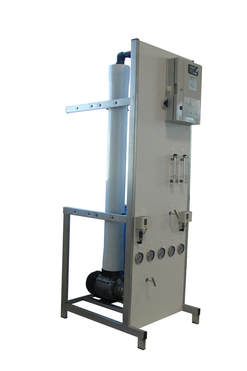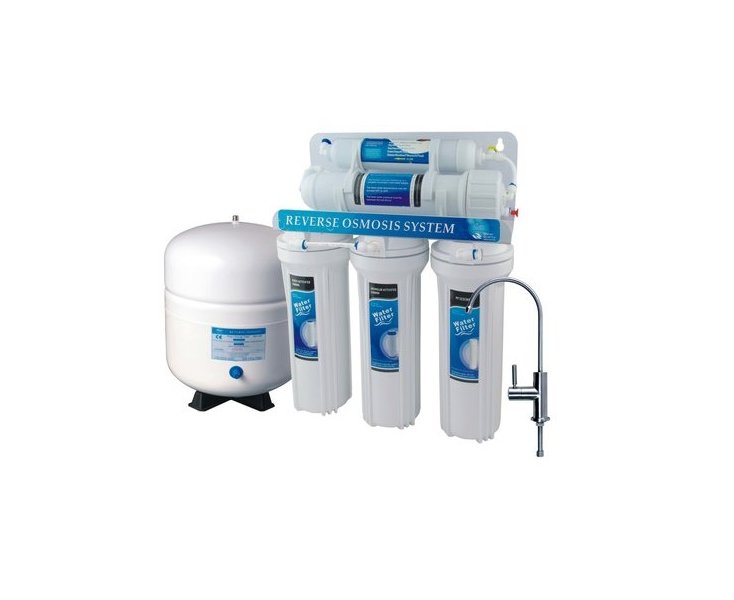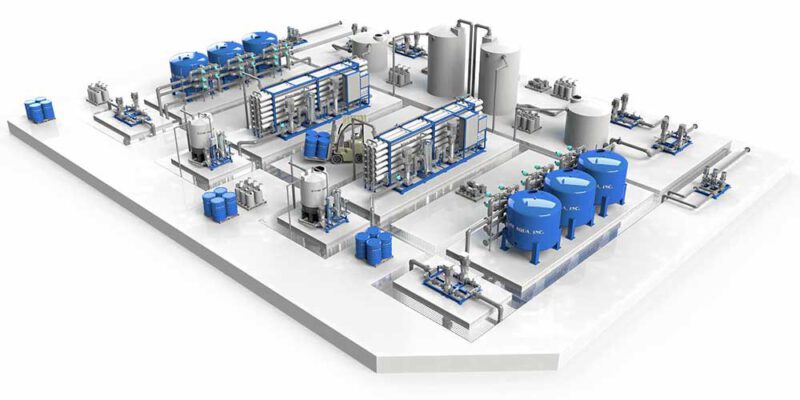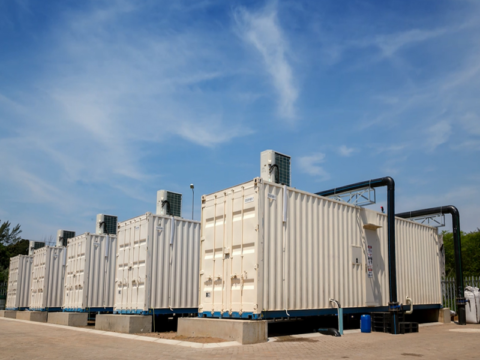Reverse Osmosis Alpha

Degasifier Systems
September 16, 2023
Reverse Osmosis Gama
September 16, 2023
4How does a Reverse Osmosis Membrane work? Reverse Osmosis (RO) is a water treatment process that removes contaminants from water by using pressure to force water molecules through a semipermeable membrane. During this process, the contaminants are filtered out and flushed away, leaving clean, delicious drinking water.
Not only does reverse osmosis help improve the safety of water by eliminating potentially harmful contaminants from the water (things like lead that can make us sick); it also improves the taste of water, which can have a cascading effect of health benefits.
Mineral, structured, and pure spring water are some of the healthiest water you can drink because they’re clean and contain all the essential minerals your body needs. Filtered water removes contaminants but might also remove essential minerals.
Reverse osmosis (RO) is a filtration method that removes many types of large molecules and ions from solutions by applying pressure to the solution on one side of a selective membrane forcing only the small water molecules through the membrane becoming purified or permeate water.
Membrane surface is always kept clean and unplugged by ‘Cross Flow’ operation that happens inside membrane element. By means of ‘Cross Flow’, while some liquids (element water) pass through membrane, some liquid (intensive water) move parallel to membrane surface, so protect others to stick to membrane. This process enables much more qualified water compared with other filtration systems.




